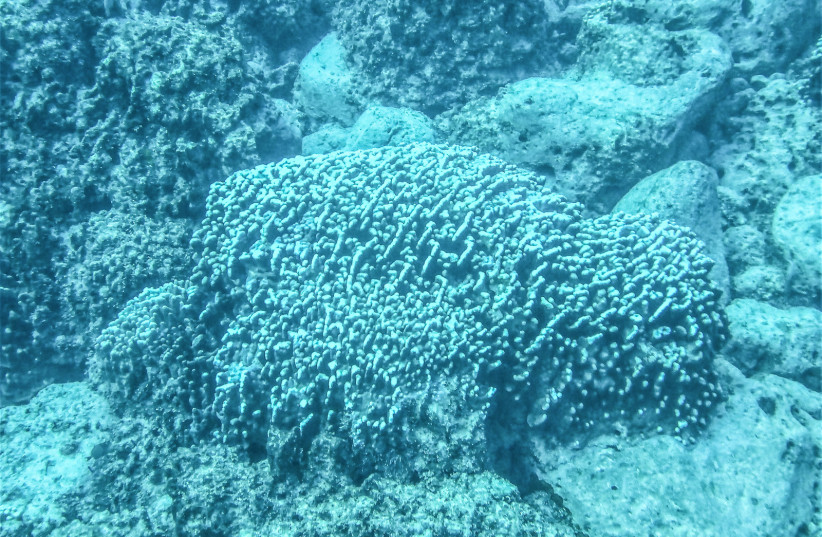Researchers have discovered over 100 unknown marine species and several never seen underwater mountains – the largest of which is four times the size of the world’s tallest building – during a deep sea expedition off the coast of Chile earlier in February.
From January 8 to February 11, researchers on the Schmidt Ocean Institute's (SOI) research vessel Falkor explored the seafloor off the coast of Chile. The expedition, named "Seamounts of the Southeast Pacific," was focused on underwater mountains in three main areas, including the Nazca and Salas y Gómez ridges, which are two chains of more than 200 underwater mountains that stretch a combined 2,900 kilometers from Chile to the Easter Island, as well as the Juan Fernández and Nazca-Desventuradas marine parks.
In addition, the researchers mapped around 52,800 square kilometers of ocean in total during the expedition.
The creatures that were discovered included prickly pink sponges, a googly-eyed orange fish, long-legged crustaceans, a long DNA-structured luminescent jellyfish-like creature, a bright orange tree, an orange luminescent squid, and more. The creatures discovered can be seen in the video below.
/p>
Researchers deployed an underwater robot so they could see 14,000 feet below the surface of the ocean. The southeast Pacific is a geologically active region and is littered with hydrothermal vents that provide sustenance to a wide variety of living creatures.
Maps of the ocean floor
The maps of the ocean floor revealed four previously unknown submerged mountains. The biggest of the mountains is newly named Solito and rises 3,530 meters above the seafloor, making it more than four times taller than the world's tallest building, the Burj Khalifa, which reaches 828 meters. However, it does not reach the height of Mount Everest, which is over 8,000 meters tall.

"We far exceeded our hopes on this expedition," Javier Sellanes, a marine biologist at the Catholic University of the North, in Chile, and lead scientist on the expedition, said in a statement to the Live Science website. "You always expect to find new species in these remote and poorly explored areas, but the amount we found, especially for some groups like sponges, is mind-blowing."
Ocean advocates want to protect these marine mountains in international waters from overfishing and deep-sea mining by establishing a marine protected area under a United Nations treaty signed last year. The region explored off the coast of Chile is currently unprotected. Nations around the world seek to protect 30 percent of the world’s oceans by the end of the decade to prevent the loss of its remaining wild plants and animals.
This institute had previously mapped four other seamounts during an expedition off the coast of Chile and Peru, as well as another peak off the coast of Guatemala. Each of these five peaks was at least twice as tall as the tallest building in the world.
These discoveries illustrate how much there is to be found on the floors of the ocean, much of which remains completely unexplored.
